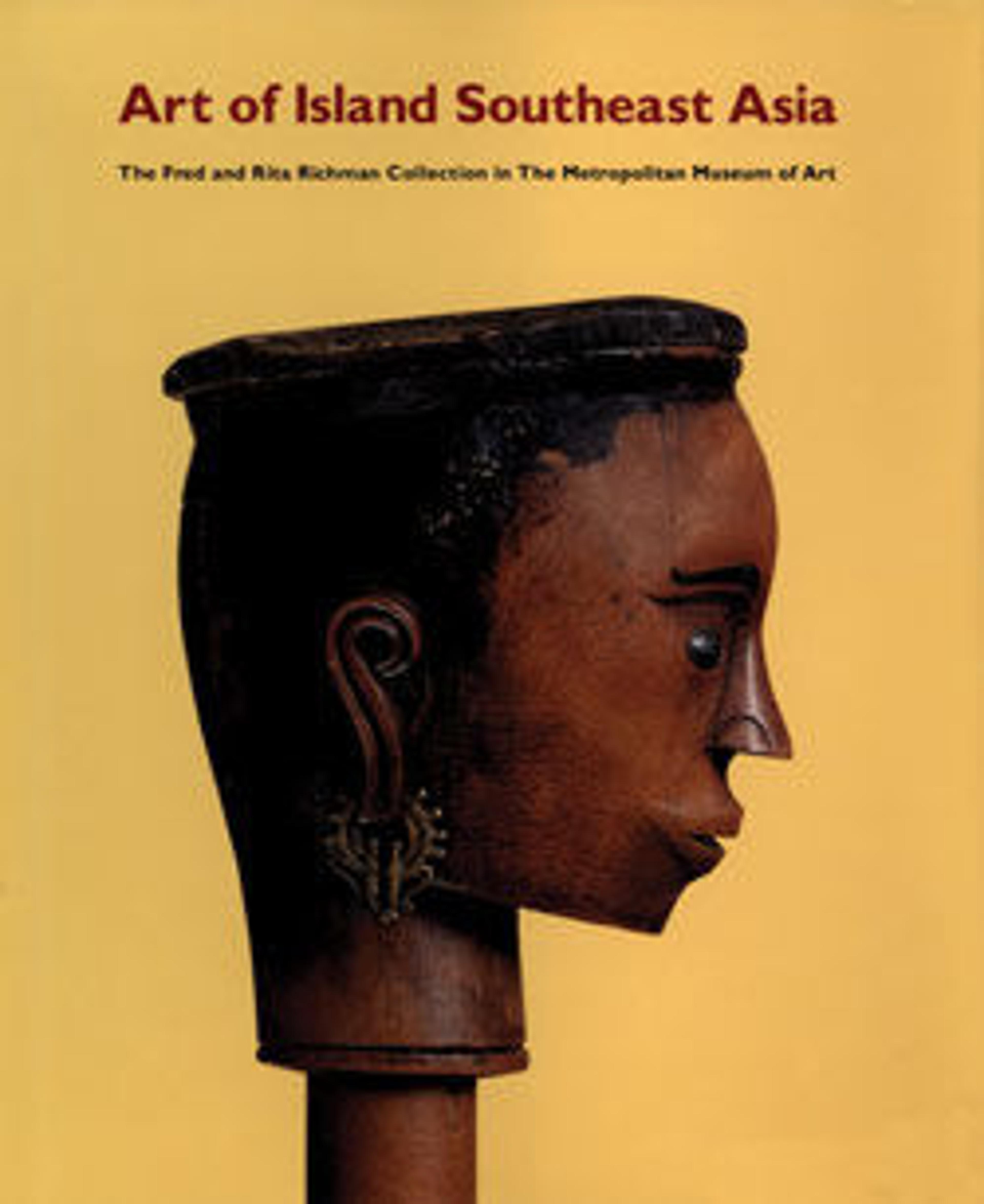Luli dera (ancestor figure)
Throughout the islands of Maluku Tenggara in eastern Indonesia, ancestor images indicated important links between the living and the dead. Small seated ancestor figures depicted deceased family members and were kept and used within the home. The present image is likely from Leti Island, where such images were called yene. Each depicted a specific recently deceased individual and served as a vessel in which his or her spirit resided temporarily before departing for the land of the dead and to which it periodically returned to receive offerings or be consulted about important matters. On Leti, the pose of yene indicated the gender and status of the deceased. Male ancestors were shown seated with the legs drawn in to the body, and female ancestors were depicted with the legs crossed.
Artwork Details
- Title:Luli dera (ancestor figure)
- Artist:Leti Islands artist
- Date:19th–early 20th century
- Geography:Indonesia, Leti Islands, Maluku Tenggara
- Culture:Leti Islands
- Medium:Wood
- Dimensions:H. 9 1/4 × W. 3 1/2 × D. 3 1/2 in. (23.5 × 8.9 × 8.9 cm)
- Classification:Wood-Sculpture
- Credit Line:Gift of Fred and Rita Richman, 1988
- Object Number:1988.143.105
- Curatorial Department: The Michael C. Rockefeller Wing
More Artwork
Research Resources
The Met provides unparalleled resources for research and welcomes an international community of students and scholars. The Met's Open Access API is where creators and researchers can connect to the The Met collection. Open Access data and public domain images are available for unrestricted commercial and noncommercial use without permission or fee.
To request images under copyright and other restrictions, please use this Image Request form.
Feedback
We continue to research and examine historical and cultural context for objects in The Met collection. If you have comments or questions about this object record, please contact us using the form below. The Museum looks forward to receiving your comments.
